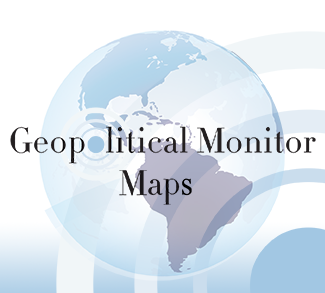One thing is certain – the people of Afghanistan are sitting atop a literal gold mine of resource wealth, such that some estimates put the country’s total mineral reserves well over $3 trillion. Yet the difficulties in realizing this windfall are numerous and daunting. Graft, lawlessness, and a lack of basic infrastructure have combined to keep these valuable resources in the ground since the NATO campaign of 2001.
The high risk of operating in Afghanistan has left Western countries on the outside looking in as Chinese and Indian firms swept up some of the most lucrative concessions over the past five years. Yet the road to production has been a bumpy one. Two of the largest mining concessions – Aynak and Hajigak – have yet to begin operations, and oil extraction in the Amu Darya Basin has been excruciatingly slow.
This all points to the troubling possibility that Afghanistan won’t be able to replace aid with tax and royalty revenue moving forward. If projects as potentially lucrative as these are having trouble breaking ground, it speaks to the fact that the Afghan market is still – after over a decade of foreign aid and occupation – too insecure for some of the world’s biggest players to operate in.




